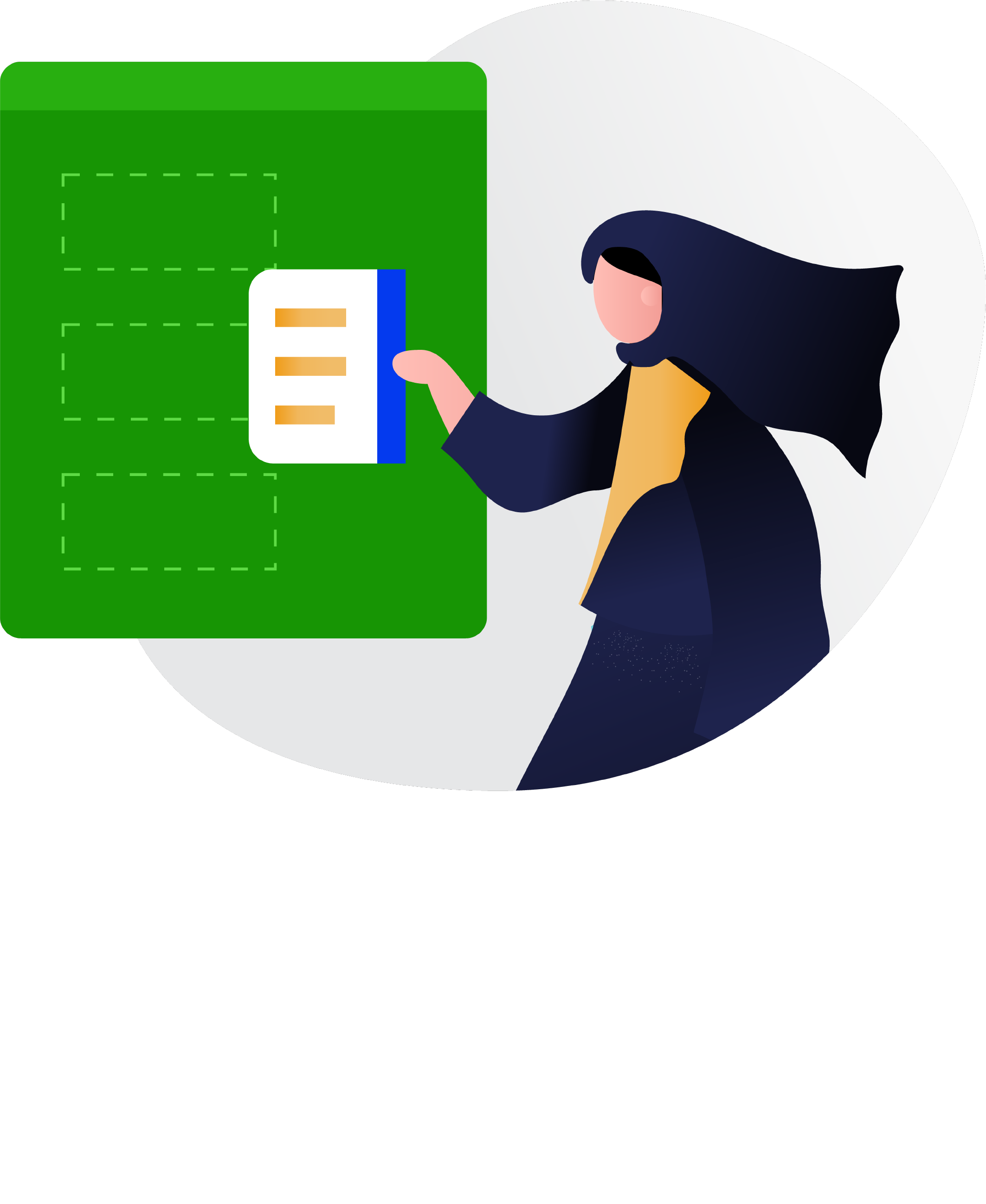Catalogue Search | MBRL
Search Results Heading
Explore the vast range of titles available.
MBRLSearchResults
-
DisciplineDiscipline
-
Is Peer ReviewedIs Peer Reviewed
-
Item TypeItem Type
-
SubjectSubject
-
YearFrom:-To:
-
More FiltersMore FiltersSourceLanguage
Done
Filters
Reset
264
result(s) for
"Nishida, Masaki"
Sort by:
Daytime naps, motor memory consolidation and regionally specific sleep spindles
2007
Increasing evidence demonstrates that motor-skill memories improve across a night of sleep, and that non-rapid eye movement (NREM) sleep commonly plays a role in orchestrating these consolidation enhancements. Here we show the benefit of a daytime nap on motor memory consolidation and its relationship not simply with global sleep-stage measures, but unique characteristics of sleep spindles at regionally specific locations; mapping to the corresponding memory representation.
Two groups of subjects trained on a motor-skill task using their left hand - a paradigm known to result in overnight plastic changes in the contralateral, right motor cortex. Both groups trained in the morning and were tested 8 hr later, with one group obtaining a 60-90 minute intervening midday nap, while the other group remained awake. At testing, subjects that did not nap showed no significant performance improvement, yet those that did nap expressed a highly significant consolidation enhancement. Within the nap group, the amount of offline improvement showed a significant correlation with the global measure of stage-2 NREM sleep. However, topographical sleep spindle analysis revealed more precise correlations. Specifically, when spindle activity at the central electrode of the non-learning hemisphere (left) was subtracted from that in the learning hemisphere (right), representing the homeostatic difference following learning, strong positive relationships with offline memory improvement emerged-correlations that were not evident for either hemisphere alone.
These results demonstrate that motor memories are dynamically facilitated across daytime naps, enhancements that are uniquely associated with electrophysiological events expressed at local, anatomically discrete locations of the brain.
Journal Article
Evaluations of effects of sleep surfaces on athletic performance in youth
2020
We recently demonstrated that sleeping on high rebound [HR] mattress toppers induced a continuous and more rapid decline in core body temperature compared to low rebound [LR] mattress toppers during the initial phase of nocturnal sleep in young healthy volunteers. HR toppers are characterized by their supportive feel and high breathability whereas LR toppers are pressure-absorbing. In the current study, we evaluated effects of HR mattress toppers on objectively-(actigraphy) and subjectively-(questionnaires) evaluated sleep, vigilance (psychomotor vigilance test), and athletic performance (40-m sprint time, long jump distance, and star drill time) in youth male athletes age 10–19, in two sessions: fifty-one subjects in 2013 (study I) and 23 subjects in 2014 (study II). Sleeping on HR mattress toppers for four to six weeks improved some athletic performance measures compared to sleeping on LR or sleeping directly on spring mattresses without a topper. Statistically significant improvements in 40-m sprint time in study I (compared to LR) and in star drill time in study II (no topper) were observed. No changes in sleep and psychomotor vigilance were observed. These results suggest selecting optimal sleep surfaces may contribute to the maximization of athletic performances, and further studies are warranted.
Journal Article
Sleep-dependent facilitation of episodic memory details
2011
While a role for sleep in declarative memory processing is established, the qualitative nature of this consolidation benefit, and the physiological mechanisms mediating it, remain debated. Here, we investigate the impact of sleep physiology on characteristics of episodic memory using an item- (memory elements) and context- (contextual details associated with those elements) learning paradigm; the latter being especially dependent on the hippocampus. Following back-to-back encoding of two word lists, each associated with a different context, participants were assigned to either a Nap-group, who obtained a 120-min nap, or a No Nap-group. Six hours post-encoding, participants performed a recognition test involving item-memory and context-memory judgments. In contrast to item-memory, which demonstrated no between-group differences, a significant benefit in context-memory developed in the Nap-group, the extent of which correlated both with the amount of stage-2 NREM sleep and frontal fast sleep-spindles. Furthermore, a difference was observed on the basis of word-list order, with the sleep benefit and associated physiological correlations being selective for the second word-list, learned last (most proximal to sleep). These findings suggest that sleep may preferentially benefit contextual (hippocampal-dependent) aspects of memory, supported by sleep-spindle oscillations, and that the temporal order of initial learning differentially determines subsequent offline consolidation.
Journal Article
Daytime Napping Benefits Passing Performance and Scanning Activity in Elite Soccer Players
2023
The present study explored the effect of a daytime napping opportunity on scanning activity, which is an essential component of successful soccer performance. Fourteen male elite collegiate soccer players performed the Trail Making Test (TMT), which was used to assess complex visual attention. In addition, a soccer passing test, modified with reference to the Loughborough Soccer Passing Test, was used to evaluate passing performance as well as scanning activity. A cross-over design was applied to examine nap and no-nap interventions. Participants (N = 14, mean age: 21.6 SD = 0.5 years, height: 1.73 ± 0.06 m, body mass: 67.1 ± 4.5 kg) were randomly allocated to a midday nap (40 minutes) or no-nap group. Subjective sleepiness was measured using the Karolinska Sleepiness Scale, and perceptive fatigue was evaluated by the visual analog scale. There were no significant differences in subjective measurements or TMT between the nap and no-nap groups. However, the performance time for the passing test and scanning activity was significantly shorter (p < 0.001) and scanning activity was significantly more frequent in the nap condition than in the no-nap condition (p < 0.00005). These results suggest that daytime napping is beneficial for soccer-related cognitive function, represented by visuospatial processing and decision-making, and particularly as a potential countermeasure to mental fatigue. Considering that inadequate sleep and residual fatigue are commonly observed in elite soccer, this finding may have practical implications for the preparation of players.
Journal Article
Effect of napping on a bean bag chair on sleep stage, muscle activity, and heart rate variability
by
Murata, Yusuke
,
Nishida, Masaki
,
Ichinose, Atsushi
in
Autonomic nervous function
,
Autonomic nervous system
,
Bean bag chair
2022
Although ample evidence has demonstrated that daytime napping is beneficial for health and cognitive performance, bedding for napping has not yet been scientifically investigated.
To explore the effect of a bean bag chair on daytime napping and physiological parameters related to sleep.
Fourteen healthy participants were enrolled within the context of a randomized, single-blind, crossover study to evaluate the effects of a bean bag chair in comparison with those of a urethane chair manufactured to have a similar shape. Electroencephalogram, electromyogram, and heart rate variability were recorded and compared between wakefulness and napping.
Electroencephalogram analyses revealed no significant differences in sleep architecture or frequency components; however, a significant decrease was found in electromyogram recordings in the trapezius muscle, which represents the neck region (
= 0.019). Additionally, a significant main effect of bedding in the low-frequency/high-frequency ratio (
[1,20] = 4.314,
= 0.037) was revealed.
These results suggest that napping in a bean bag chair may provide a comfortable napping environment involving muscle relaxation and proper regulation of the autonomic nervous function.
Journal Article
Potential Benefits of Daytime Naps on Consecutive Days for Motor Adaptation Learning
2022
Daytime napping offers benefits for motor memory learning and is used as a habitual countermeasure to improve daytime functioning. A single nap has been shown to ameliorate motor memory learning, although the effect of consecutive napping on motor memory consolidation remains unclear. This study aimed to explore the effect of daytime napping over multiple days on motor memory learning. Twenty university students were divided into a napping group and no-nap (awake) group. The napping group performed motor adaption tasks before and after napping for three consecutive days, whereas the no-nap group performed the task on a similar time schedule as the napping group. A subsequent retest was conducted one week after the end of the intervention. Significant differences were observed only for speed at 30 degrees to complete the retention task, which was significantly faster in the napping group than in the awake group. No significant consolidation effects over the three consecutive nap intervention periods were confirmed. Due to the limitations of the different experimental environments of the napping and the control group, the current results warrant further investigation to assess whether consecutive napping may benefit motor memory learning, which is specific to speed.
Journal Article
Night duty and decreased brain activity of medical residents: a wearable optical topography study
2017
Background: Overwork, fatigue, and sleep deprivation due to night duty are likely to be detrimental to the performance of medical residents and can consequently affect patient safety.
Objective: The aim of this study was to determine the possibility of deterioration of cerebral function of sleep-deprived, fatigued residents using neuroimaging techniques.
Design: Six medical residents were instructed to draw blood from artificial vessels installed on the arm of a normal cooperator. Blood was drawn at a similar time of the day, before and after night duty. To assess sleep conditions during night duty, the participants wore actigraphy units throughout the period of night duty. Changes in cerebral hemodynamics, during the course of drawing blood, were measured using a wearable optical topography system.
Results: The visual analogue scale scores after night duty correlated negatively with sleep efficiency during the night duty (ρ = −0.812, p = 0.050). The right prefrontal cortex activity was significantly decreased in the second trial after night duty compared with the first (p = 0.028). The extent of [oxy-Hb] decrease, indicating decreased activity, in the right dorsolateral prefrontal cortex correlated negatively with the Epworth sleepiness score after night duty (ρ = −0.841, p = 0.036).
Conclusions: Sleep deprivation and fatigue after night duty, caused a decrease in the activity of the right dorsolateral prefrontal cortex of the residents, even with a relatively easy routine. This result implies that the brain activity of medical residents exposed to stress on night duty, although not substantially sleep-deprived, was impaired after the night duty, even though they apparently performed a simple medical technique appropriately. Reconsideration of the shift assignments of medical residents is strongly advised.
Abbreviations: DLPFC: Dorsolateral prefrontal cortex; ESS: Epworth sleepiness scale; PSQI: Pittsburgh sleep quality index; ROI: Regions of interest; VAS: Visual analogue scale; WOT: Wearable optical topography
Journal Article
Relation between Parametric Change of the Workload and Prefrontal Cortex Activity during a Modified Version of the ‘Rock, Paper, Scissors' Task
by
Kato, Satoshi
,
Ishiguro, Makio
,
Kikuchi, Senichiro
in
Adult
,
Female
,
Hemoglobins - metabolism
2013
Background/Aims: Modified rock, paper, scissors (RPS) tasks have previously been used in neuroscience to investigate activity of the prefrontal cortex (PFC). In this study, we investigated hemodynamic changes in the PFC using near-infrared spectroscopy (NIRS) during a modified RPS task in which each subject's successful performance rate was equalized; the workload was increased parametrically in order to reveal the resulting pattern of PFC activation. Methods: The subjects were 20 healthy adults. During RPS, the player uses hand gestures to represent rock, paper, and scissors. Rock beats scissors, paper beats rock, and scissors beats paper. In the modified RPS task, the player is instructed to lose intentionally against the computer hand; the computer goes first and the player follows. The interstimulus interval (ISI) level was adjusted with 11 steps. If the level rose, the ISI decreased and the workload increased parametrically. The maximal level (maxLv: the shortest ISI and the biggest workload) in which a subject could perform the task correctly was determined for every subject during rehearsal of the task prior to the experiment. Lowering the level from the maxLv made the task easier. Hemodynamic changes were measured by NIRS over 4 task levels (maxLv-3, maxLv-2, maxLv-1 and maxLv). Results: The hemodynamic changes in the left lateral PFC and bilateral Brodmann area 6 rose significantly with the increase in workload and presented a linear trend. Conclusion: These results suggest that PFC activation may linearly increase with increased workload during a modified RPS task in which successful performance rates of subjects are equalized.
Journal Article
Regular sleep quality and psychological state correlate in collegiate competitive springboard divers
2022
Problem Statement: Mental health issues in athletes are gaining increasing attention, and proper sleep is an important factor for healthy mental health and improved athletic performance. Objectives: To explore the association between psychological evaluations regarding sports competitions and sleep quality in collegiate springboard divers. Methods: A cross-sectional study design was launched with 26 collegiate springboard diving athletes who answered a State-Trait Anxiety Inventory for evaluating anxiety as well as Diagnostic Inventory of Psychological-Competitive Ability for Athletes, a self-administered psychological questionnaire specific to competitive athletes. Sleep quality was assessed using the Pittsburgh Sleep Quality Index (PSQI), and the correlation between psychological and sleep variables were assessed as well. Additionally, the psychological variables were compared between poor and normal sleep quality groups. Results: On psychological evaluation, PSQI scores showed significant negative correlations with results for self-control (ρ = -0.670, p < 0.001), ability to relax (ρ = -0.508, p < 0.001), and concentration (ρ = -0.589, p < 0.001). Significantly higher scores for self-control (p < 0.001), ability to relax (p = 0.004), and concentration (p = 0.001) were obtained in the normal sleep group compared to the poor sleep group. Conclusions: Our results suggest that sleep quality and duration are significantly related to psychological variables that reflect the domain of mental stability and concentration, especially the item of self-control. Additionally, the level of trait anxiety was considerably associated with poor sleep quality. Adequate sleep is essential to ameliorate the sense of self-control and vice versa. Considering that psychological testing is not practical because of its complexity as well as the attitude of athletes, sleep assessment can act as a convenient substitute for their psychological evaluation.
Journal Article
Slow sleep spindle and procedural memory consolidation in patients with major depressive disorder
by
Nishikawa, Toru
,
Nakashima, Yusaku
,
Nishida, Masaki
in
Care and treatment
,
depression
,
Eye movements
2016
Evidence has accumulated, which indicates that, in healthy individuals, sleep enhances procedural memory consolidation, and that sleep spindle activity modulates this process. However, whether sleep-dependent procedural memory consolidation occurs in patients medicated for major depressive disorder remains unclear, as are the pharmacological and physiological mechanisms that underlie this process.
Healthy control participants (n=17) and patients medicated for major depressive disorder (n=11) were recruited and subjected to a finger-tapping motor sequence test (MST; nondominant hand) paradigm to compare the averaged scores of different learning phases (presleep, postsleep, and overnight improvement). Participants' brain activity was recorded during sleep with 16 electroencephalography channels (between MSTs). Sleep scoring and frequency analyses were performed on the electroencephalography data. Additionally, we evaluated sleep spindle activity, which divided the spindles into fast-frequency spindle activity (12.5-16 Hz) and slow-frequency spindle activity (10.5-12.5 Hz).
Sleep-dependent motor memory consolidation in patients with depression was impaired in comparison with that in control participants. In patients with depression, age correlated negatively with overnight improvement. The duration of slow-wave sleep correlated with the magnitude of motor memory consolidation in patients with depression, but not in healthy controls. Slow-frequency spindle activity was associated with reduction in the magnitude of motor memory consolidation in both groups.
Because the changes in slow-frequency spindle activity affected the thalamocortical network dysfunction in patients medicated for depression, dysregulated spindle generation may impair sleep-dependent memory consolidation. Our findings may help to elucidate the cognitive deficits that occur in patients with major depression both in the waking state and during sleep.
Journal Article












